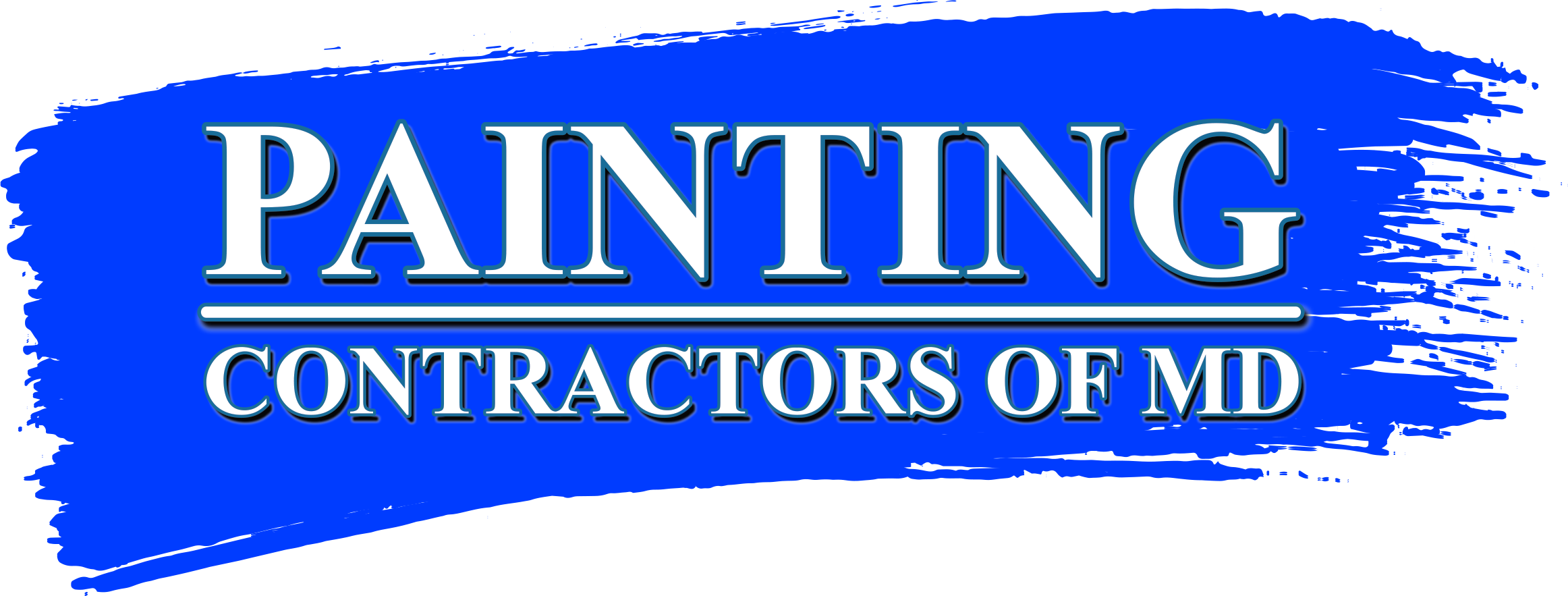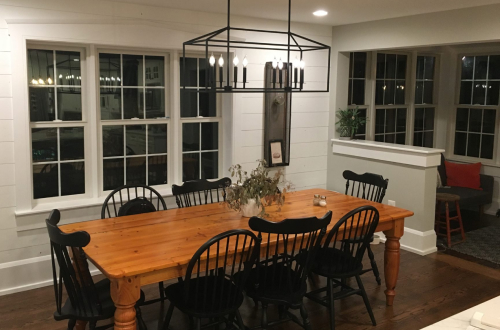Painting Contractors of MD offers professional and high quality interior paint jobs for your home or business in the Howard County, Southern Carroll County, Frederick County, Baltimore County, and Montgomery County areas. We understand the importance of trust in the company you are inviting into your home or business, and our goal is to achieve this high level of trust before the project even begins. Our staff makes sure the project is completed correctly, efficiently, and with minimal interruption to the home or business.
We use the highest quality products– Sherwin Williams interior paint, and take great care to protect all unpainted surfaces and thoroughly clean up our work areas at the end of each day. It brings our staff joy and a great sense of pride for a job well done.
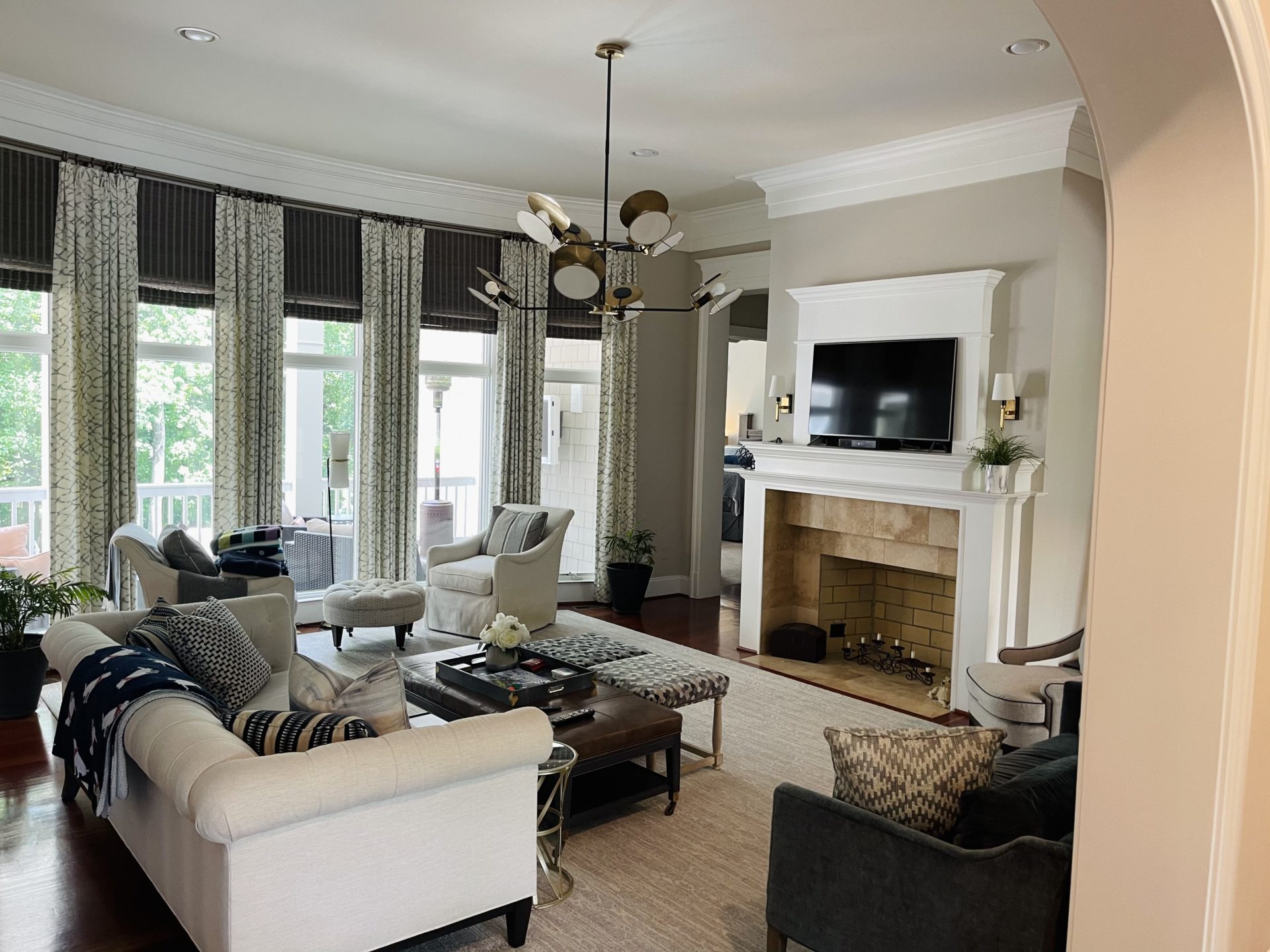
Why Refresh Your Paint?
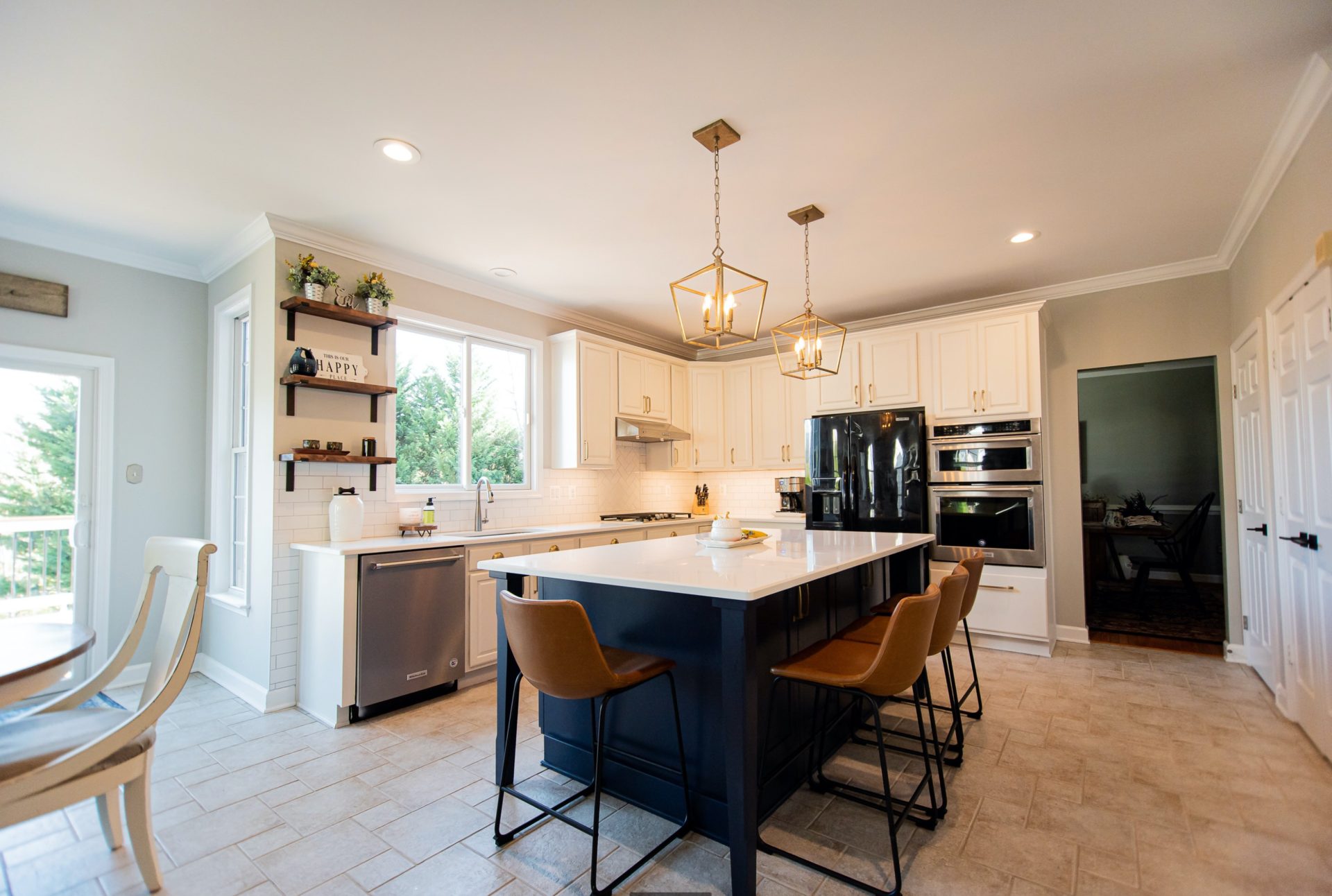
About Paint Finishes
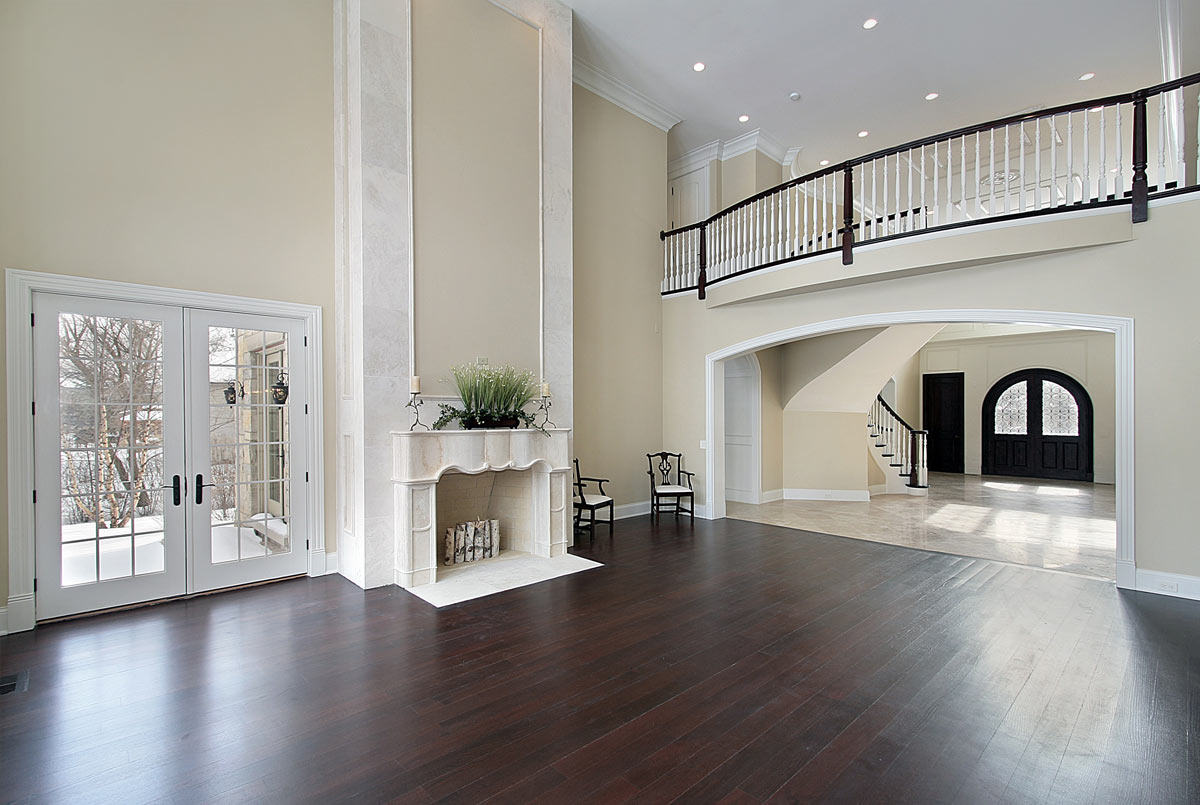
Color Ideas
When designing an appealing color scheme, it is important that you, as the designer, let your creativity run wild. But it’s not always necessary to reinvent the wheel. There are plenty of existing color palettes that have been used successfully in interior design. These can also be a good foundation for you to develop advanced color schemes.
Complementary Colors
These are colors that are at opposite ends of the color wheel. The concept of a complementary color scheme is to emphasize the character of the contrasting color. The rule is that you should use one subtle color and one dominant color to avoid color conflicts.
Split Complementary Colors
If you are into bright colors and drama, a split complementary scheme is just the thing. You need to select a primary color and choose the colors on either side of the complementary color. This dramatic effect can help you make a unique statement as a designer or homeowner.
Monochromatic Colors
In the age of minimalism, monochromatic shades are very popular. They essentially consist of one color and all its shades and hues. The scheme is based solely on changing the values, saturation and tones of the primary color.
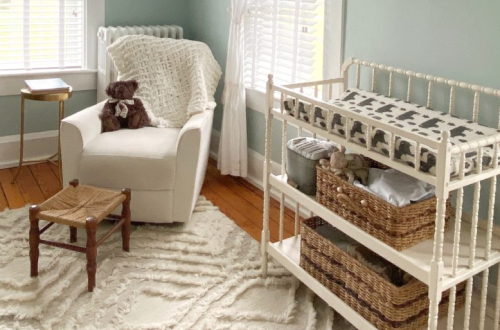
Green + Tan + White
For nature lovers, there is no more perfect combination than moss green, tan and white. Naturally textured fabrics like linen, burlap, hemp, etc. go great with this color palette.
Black + White
Classic black and white have always been the most popular colors in interior design. No matter how you use them, this combination rarely goes wrong.
Prepping the Ceilings, Walls, and Trim Before Painting
1. Protect Work Areas
- Place all furniture in the center of the room or move as needed.
- Cover all floors with brown paper/ and drop clothes.
2. Remove Nails, Hooks And Screws
- Remove all nails, hooks, screws and other hardware.
- Remove outlet covers, light switch plates and any removable vents.
3. Clean Walls
-
Dust/ wipe down the walls. Vacuum baseboard and floors.
-
Walls that are particularly marked or dirty, clean them with warm water and soap.
4. Prep Walls/ Ceilings
-
Walls and Ceilings will be scraped, patched, and sanded. They will also be re-inspected and patched as necessary before final coats are applied.
-
Fill ceiling and wall cracks/holes with spackling compound, let dry, and sand smooth.
-
More advanced cracks/ holes will receive an application of fiberglass joint tape, will be spackled and sanded smooth.
-
Spot prime all drywall repairs.
-
Glossy surfaces/ trim and doors will be sanded and cleaned to assure proper paint adhesion.
-
Caulk cracks in wood trim and along wall/trim interface.
-
Fill nail holes and defects in trim as needed.
-
Apply an alcohol base/oil base stain sealer primer to water stains as needed.
- (Do not use primer to cover up untreated mold, mildew or water problems. Instead, investigate the cause of the problem and treat it accordingly.)
5. Prime Your Walls (if necessary)
- Using a primer will ensure that the top coat has proper adhesion.
- For interior ceilings, walls and trim, primer is not always necessary on previously painted surfaces.
- New or bare drywall, or drywall patches will require primer.
- Water stains or other stains that blead through will require primer, typically a oil base or alcohol base primer.
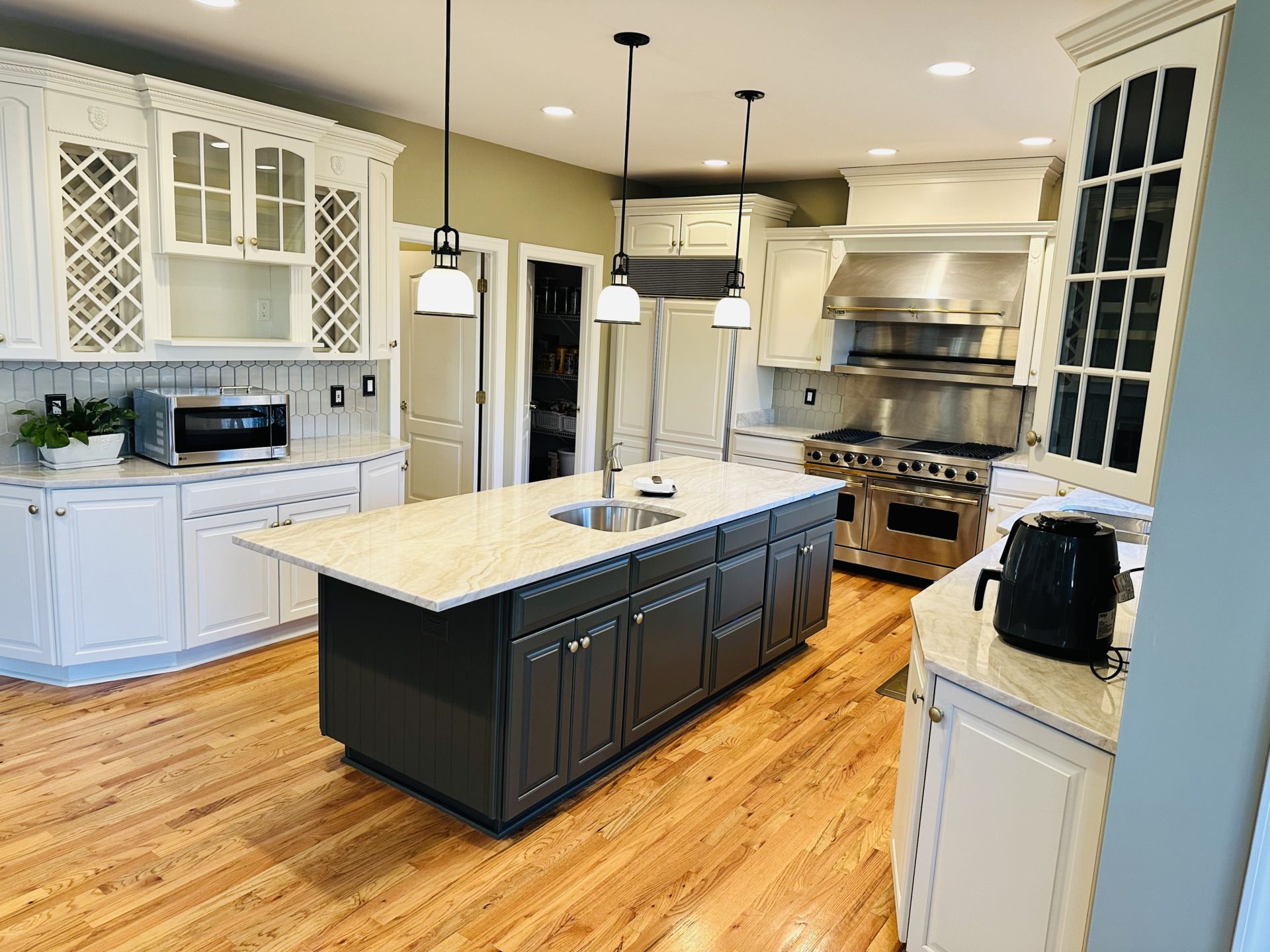
How Long Will Interior Paint Last?
A general rule of thumb is that a well-executed interior paint job will last between 5-10 years, and possibly even longer. However, the longevity of your paint depends on a number of different factors. So how long will interior paint last on the wall? Well, it depends on a few factors:
Paint Type
Different Paint Finishes
Number of Coats Used
Purpose of Room
Wall Condition
Damage Repair
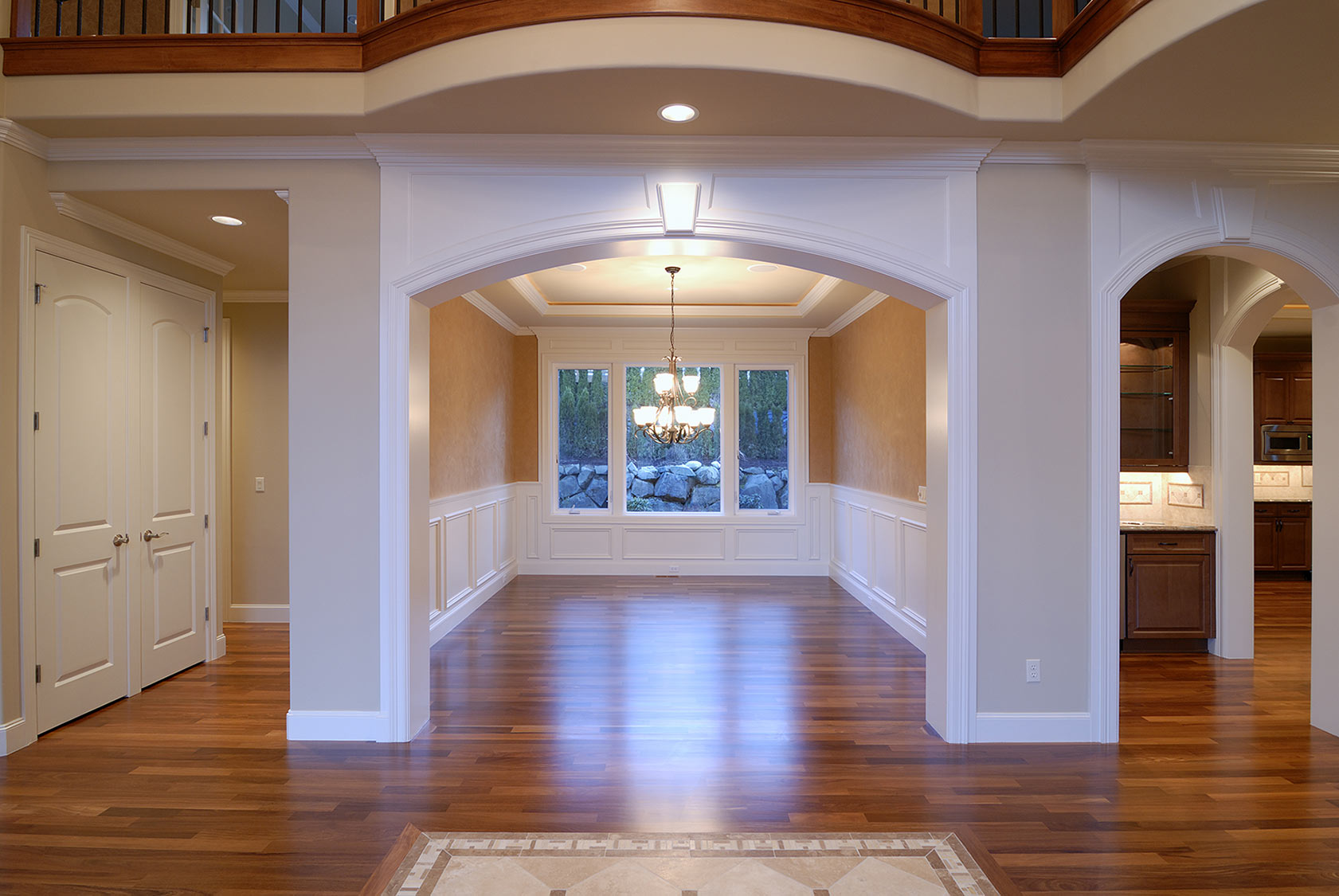
Clean Up
Step 1: Spot check
First, make sure you do not have paint on your socks or the soles of your shoes – this will help you avoid spreading the paint around your home.
Step 2: Clean your tools
Clean all of your painting tools thoroughly so you can use them again next time. This also applies to anything you used in decorating, such as edgers, putty knives, and paint tubs. Use warm soapy water for water-based paints and a solvent-based cleaner for solvent-based paints. Be sure to wipe them dry to prevent rust.
Step 3: Clean your brushes
Also clean your brushes and rollers before the paint dries on them. If you used water-based paints, wash the brushes and rollers under cold running water, then under warm water with a little dishwashing liquid, and then under cold running water again. If you used solvent-based paints, clean your brushes with a solvent-based cleaner, then wash them in warm water with a little dishwashing liquid.
Step 4: Store your brushes
Wrap your brushes in a piece of absorbent fabric, such as a kitchen towel, and secure them with tape. This will ensure that your brushes return to their original shape as they dry. Store them apartment so that the bristles do not bend.
Step 5: Wipe down your paint can
Wipe down the outer edge and inner rim of your paint can before pressing the lid back on tightly. This will prevent paint drips from spreading and make it easier to reopen the can later.
Step 6: Remove paint splashes
Do you have paint splatters on fixtures or glass? These are easy to remove. Simply wait until the paint has dried and then wipe the surface with a damp cloth or carefully scrape it off with a blunt knife.
Step 7: Shake your sheets
Finally, fold the edges of your cloths and sheets toward the center so you do not smear spills or drips onto the surrounding surfaces. Take them outside and shake them out before storing them.
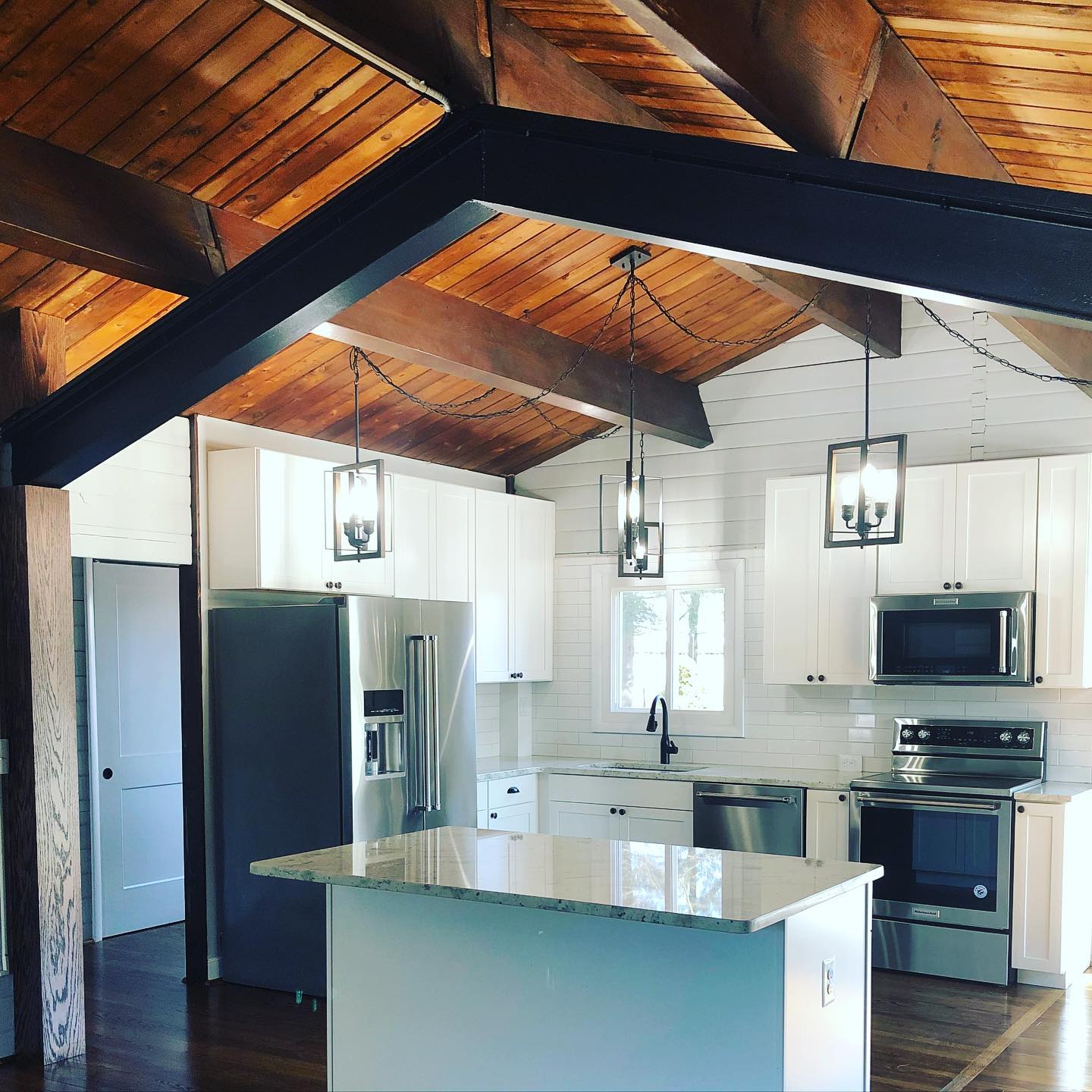
FAQs
What kind of paint products do we use?
- We only use the highest quality products from Sherwin Williams and Benjamin Moore.
Why Choose Painting Contractors of MD?
- We are a licensed and insured contractor in the state of Maryland (MHIC #88521)
- We are a locally owned and operated company dedicated to servicing the community
- We are neat, clean, and professional
- Our office staff provides attentive and responsive customer service
- We supply thorough, detailed estimates in a timely manner
- We complete jobs on schedule and with excellence
- Our painters are highly skilled, dedicated to their trade, and always eager to learn and improve.
- We guarantee the highest level of workmanship
- We give full attention to each detail from start to finish, from preparation to final clean up.
- We follow up with each project to ensure customers are completely satisfied
- We offer reasonable prices for an outstanding service
What Painting Services do we offer?
- Residential Interior & Exterior Painting
- Cabinet Painting
- Commercial Interior & Exterior Painting
What is a Properly Painted Surface, and why is it so important?
As a licensed painting contractor, we will produce a “properly painted surface.” According to the PCA, a “properly painted surface” is one that is uniform in color and sheen. It is one that is free of foreign material, lumps, skins, sags, holidays, misses, strike-through or insufficient coverage. It is a surface that is free of drips, spatters, spills or over-spray caused by the contractors’ workforce performance. Compliance to meeting the criteria of a “properly painted surface” shall be determined when viewed without magnification at a distance of one meter or more under normal lighting conditions and from a normal viewing position.
